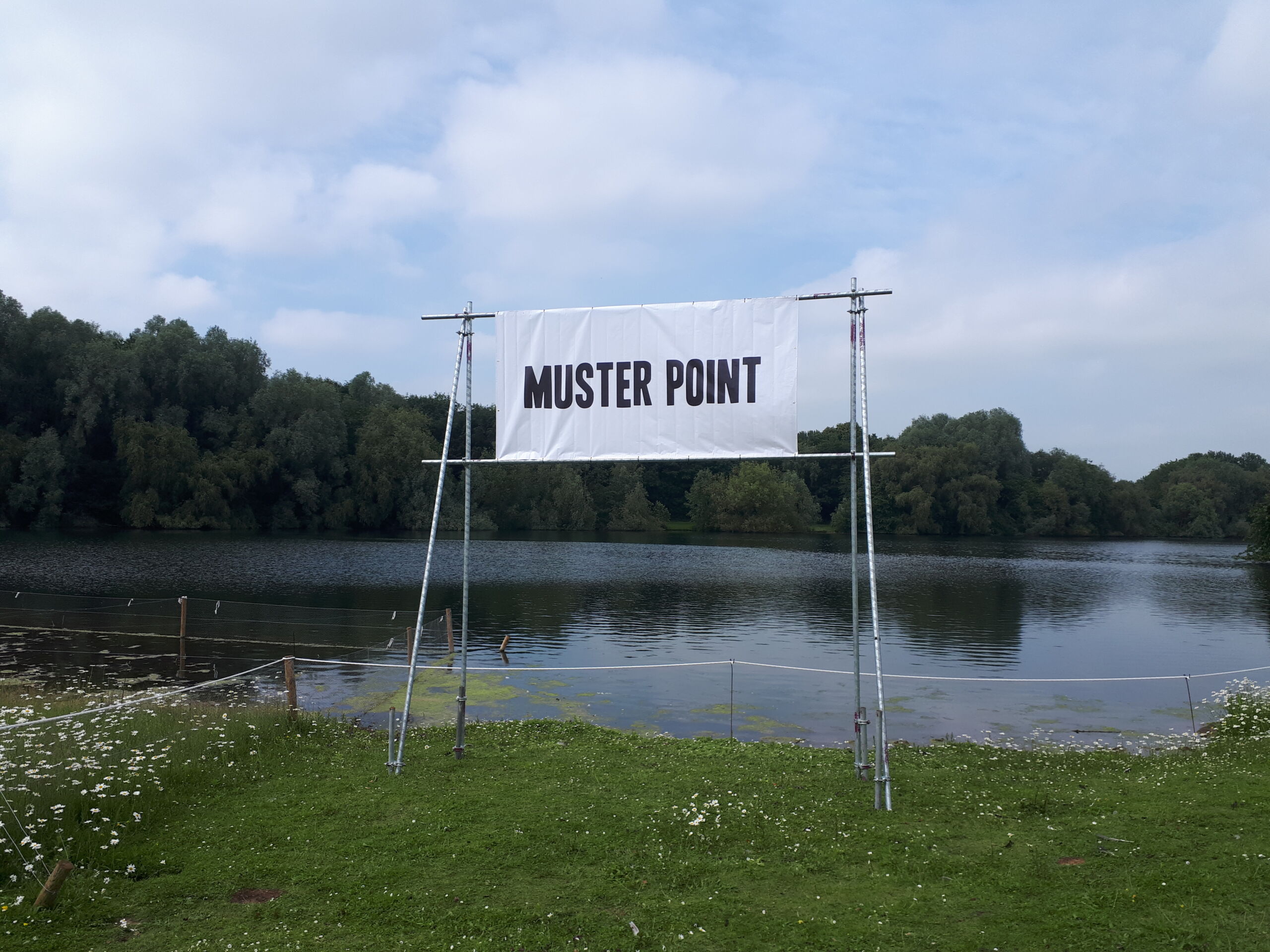There are two answers to this question, a long answer and a short one.
The short answer is yes.
The long answer is also yes but comes with some more detail.
Health and Safety, as we understand it in the UK, can be defined as the promotion of the health, safety and wellbeing of individuals at work or affected by working practices.
The Health and Safety at Work etc Act 1974 is the primary piece of legislation covering occupational health and safety in Great Britain. It’s sometimes referred to as HSWA, the HSW Act, the 1974 Act or HASAWA.
It sets out the general duties which:
- employers have towards employees and members of the public
- employees have to themselves and to each other
- certain self-employed have towards themselves and others

How is Health and Safety a legal requirement?
The UK has a series of Acts of Parliament, Regulations and Case Law that place duties on employers and staff to provide for the health and safety of workers, visitors and the public. These laws form the Regulatory Framework that effectively makes Health and Safety a legal requirement.
The key piece of legislation for the Framework is the Health and Safety at Work Act 1974. Your employer should have a poster summarising the key details of the Act on display in your place of work.
This Act places duties on employers, including providing
- Training, instruction and supervision
- Welfare facilities
- Suitable first aid facilities
- Safe system of work
- Appropriate PPE
And it also places duties on workers, including to
- Take reasonable care of their own health and safety
- Take reasonable care of someone else’s health and safety
- Use safety provisions correctly
- Cooperate with the arrangements put in place by their employer
There are other acts that sit in the Regulatory Framework, including
- The Road Traffic Act 1988
- The Regulatory Reform (Fire Safety) Order 2005
- The Fire Safety Act 2021
- The Corporate Manslaughter and Corporate Homicide Act 2007

It also gives the Secretary of State the power to make Regulations to provide further detail and guidance on what employers need to do to comply with the requirements set out in the Health and Safety at Work Act 1974. The list of Regulations is long and includes
- Management of Health and Safety at Work Regulations 1999: require employers to carry out risk assessments, make arrangements to implement necessary measures, appoint competent people and arrange for appropriate information and training.
- Workplace (Health, Safety and Welfare) Regulations 1992: cover a wide range of basic health, safety and welfare issues such as ventilation, heating, lighting, workstations, seating and welfare facilities.
- Health and Safety (Display Screen Equipment) Regulations 1992: set out requirements for work with Visual Display Units (VDUs).
- Personal Protective Equipment at Work Regulations 1992: require employers to provide appropriate protective clothing and equipment for their employees.
- Provision and Use of Work Equipment Regulations 1998: require that equipment provided for use at work, including machinery, is safe.
- Manual Handling Operations Regulations 1992: cover the moving of objects by hand or bodily force. 7 Health and Safety (First Aid) Regulations 1981: cover requirements for first aid.
- The Health and Safety Information for Employees Regulations 1989: require employers to display a poster telling employees what they need to know about health and safety.
- Employers’ Liability (Compulsory Insurance) Act 1969: require employers to take out insurance against accidents and ill health to their employees.
- Reporting of Injuries, Diseases and Dangerous Occurrences Regulations 1995 (RIDDOR): require employers to notify certain occupational injuries, diseases and dangerous events.
- Noise at Work Regulations 1989: require employers to take action to protect employees from hearing damage.
- Electricity at Work Regulations 1989: require people in control of electrical systems to ensure they are safe to use and maintained in a safe condition.
- Control of Substances Hazardous to Health Regulations 2002 (COSHH): require employers to assess the risks from hazardous substances and take appropriate precautions.
In addition, specific regulations cover particular areas, for example asbestos and lead, and:
- Chemicals (Hazard Information and Packaging for Supply) Regulations 2002: require suppliers to classify, label and package dangerous chemicals and provide safety data sheets for them.
- Construction (Design and Management) Regulations 1994: cover safe systems of work on construction sites.
- Gas Safety (Installation and Use) Regulations 1994: cover safe installation, maintenance and use of gas systems and appliances in domestic and commercial premises.
- Control of Major Accident Hazards Regulations 1999: require those who manufacture, store or transport dangerous chemicals or explosives in certain quantities to notify the relevant authority.
- Dangerous Substances and Explosive Atmospheres Regulations 2002: require employers and the self employed to carry out a risk assessment of work activities involving dangerous substances.

Once Regulations have been passed into law, guidance needs to be published to tell employers how they should go about complying with the requirements of the Regulations. This guidance is provided by the publication of an Approved Code of Practice for each Regulation. These Codes are published by the Health and Safety Executive, with the approval of the Secretary of State. They describe preferred methods of complying with the Regulations.
It is acceptable to use alternative methods to those set out in the Code, but if you are prosecuted for a breach of health and safety law, and it is proved that you did not follow the relevant provisions of the Code, you will need to show that you have complied with the law in some other way or a Court will find you at fault.
All of the Acts, Regulations and ACOPs are freely available on the HSE website at hse.gov.uk
How is health and safety law enforced?
The Health and Safety Executive (HSE) is responsible for enforcing health and safety law. HSE inspectors have a legal right to inspect workplaces, gather evidence including taking samples and recording statements from workers. They can take copies of documents and examine the work environment.
Inspectors can:
- Issue an improvement notice
This is a notice that states what statutory provisions the Inspector believes are being broken and requires that the breach of law is remedied within a 21 day period.
- Issue a prohibition notice.
This is issued when the Inspector is of the opinion that the breach of law involves the risk of serious personal injury. This notice requires that the person who is served the notice stops the activity immediately and does not restart the activity until the issue is rectified
- Prosecute
If you are prosecuted for a breach of health and safety law your case will be heard in either the Magistrates Court or the Crown Court, depending on the severity of the case. You will be investigated and prosecuted by the Health and Safety Executive. The maximum penalties you can receive for breaching the HASAWA are an unlimited fine or imprisonment for up to 2 years.
If the HSE investigates your company they will charge you for their time in doing so.
Individuals can also take an employer to court for breaching their duty of care assigned to them by the HASAWA. These cases are heard in the County or High Court depending on the severity of the case. To successfully sue for negligence, the claimant must prove that:
- They were owed a duty of care by the defendant
- The duty was breached through negligence
- As a result of the breach, the claimant suffered harm.
- The type of damage was reasonably foreseeable as a result of the negligent act.


